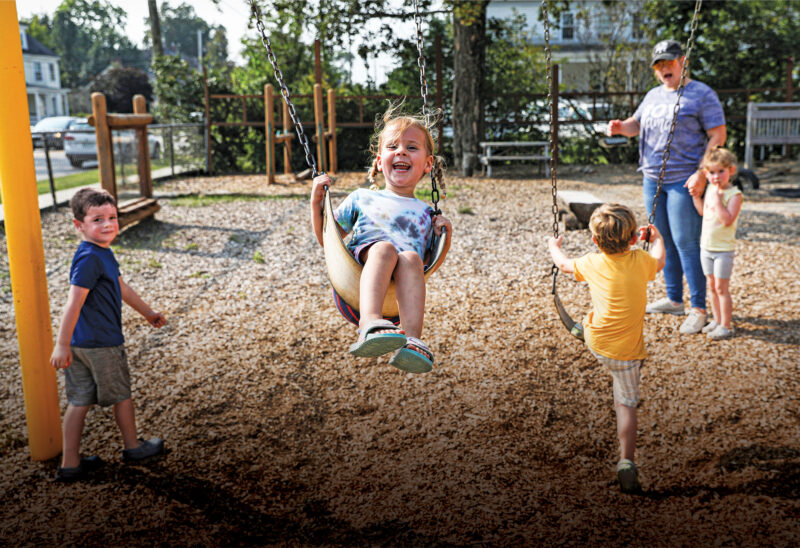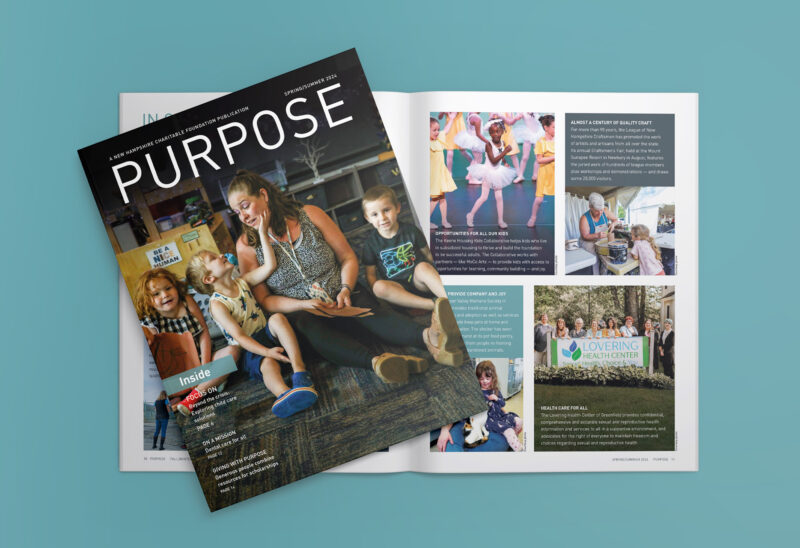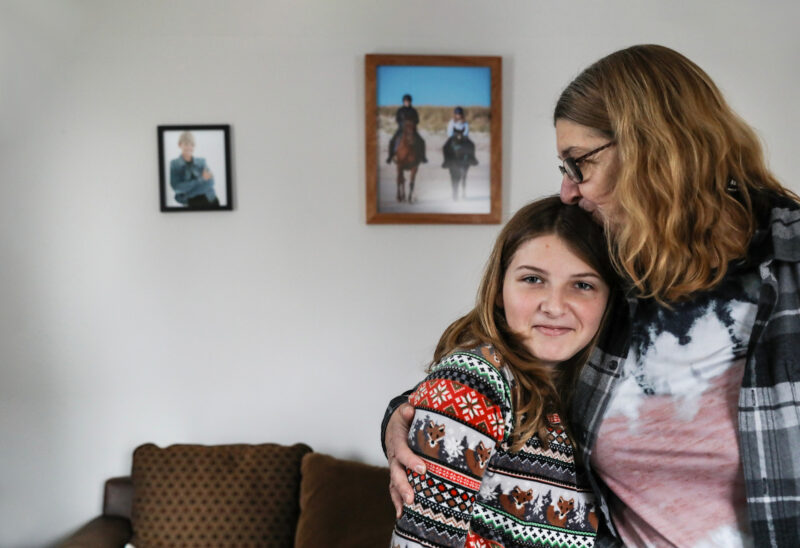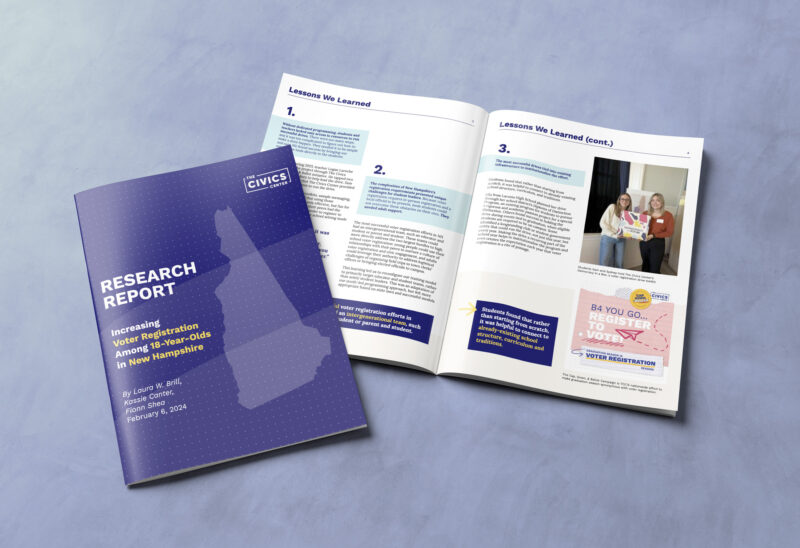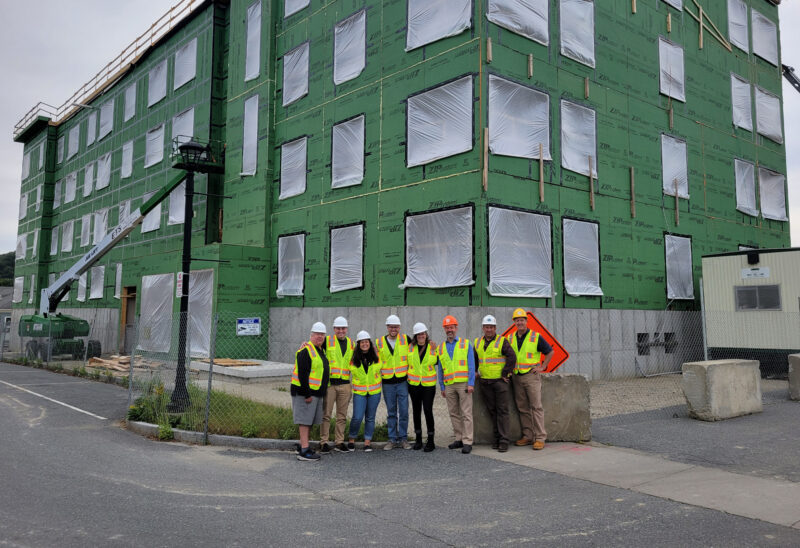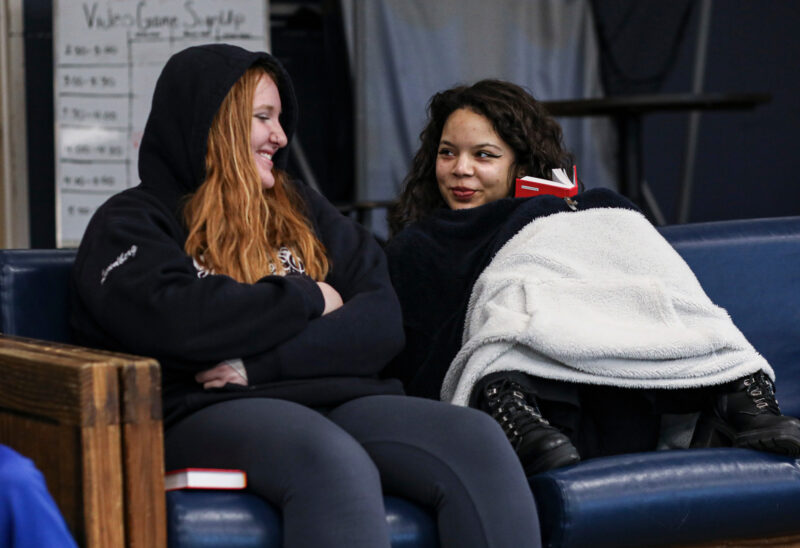It is a spring day in Claremont, and teacher Lisa Holtz and a gaggle of third graders are on their way to the park. That’s where the science is.
Suddenly, young Kaylib stops short on the sidewalk and shoots an arm skyward, stretching his thin form, in electric blue sweatshirt, and pointing to the branches of a spreading maple.
“LOOKIT, Miss Holtz!”
He has spied fat, red buds. The class has just learned all about buds.
The children gather excitedly, craning their necks toward Kaylib’s discovery.
Marguerite Wellborn would have loved to see this.
Wellborn was an ardent naturalist and learner who left $10 million to create the Wellborn Ecology Fund at the New Hampshire Charitable Foundation “to be used for public awareness of environmental and ecological issues in the Upper Valley.”
Wellborn funds are being targeted to the most in-need school districts in the service area — Claremont, Newport and Mascoma. All three districts now have place-based science education underway.
Teachers like Lisa Holtz are taking part in a multi-year professional development program designed to meet current and emerging district and curriculum needs. Claremont 6th graders have been monitoring water quality in the Sugar River, measuring pH, turbidity and temperature, testing for bacteria and collecting macroinvertebrates.
Wellborn grants have paid for visiting naturalists to work with these kids, for on-site education during field trips; for curriculum implementation involving stream ecology; for books about math in nature, for field guides, science textbooks, microscopes, star charts and seed kits.
And for the science backpacks that these third graders are wearing, and everything in them.
The third graders arrive at Moody Park, and fan out to their “sit spots.” From their science backpacks, they pull journals, measuring tapes, colored pencils and hand lenses and settle in to observe.
The glade grows quiet, save for a passing crow and passing traffic.
Thomas perches on a tree stump. His jay-blue eyes peek out from under a San Francisco Giants cap. He carefully renders a white pine tree into his nature journal with colored pencils.
Thomas has noticed something about how his brain works when he’s out it nature: “It helps me work and keeps me focused,” says this nine-year-old. “Because in the classroom, I get distracted. Being outside, I don’t.”
Lisa sees the effects as well.
“They think about what they’re seeing, and they ask more questions….The things we talk about indoors, it’s two-dimensional. You get out there, and it’s colors and shapes and smells and sounds. Now they’re noticing and they’re wondering: ‘why? why? why?’”
The young scientists scramble down an embankment to make some observations of Gully Brook. “I like to get outside and see stuff,” Logan says. And Siena jumps in: “It’s really cool to discover new things that you never saw before.”
The third graders and their teacher make their way back to school, with dirty hands and muddy shoes. They wash up, have a snack, and process their scientific observations.
As the other kids stow their gear and prepare for dismissal, Gabe is still all lit up over a discovery:
“Today when I was outside, I saw a bird’s nest,” he breathes. “And now I’m gonna learn about it!”
This story originally appeared in our 2014 Annual Report.

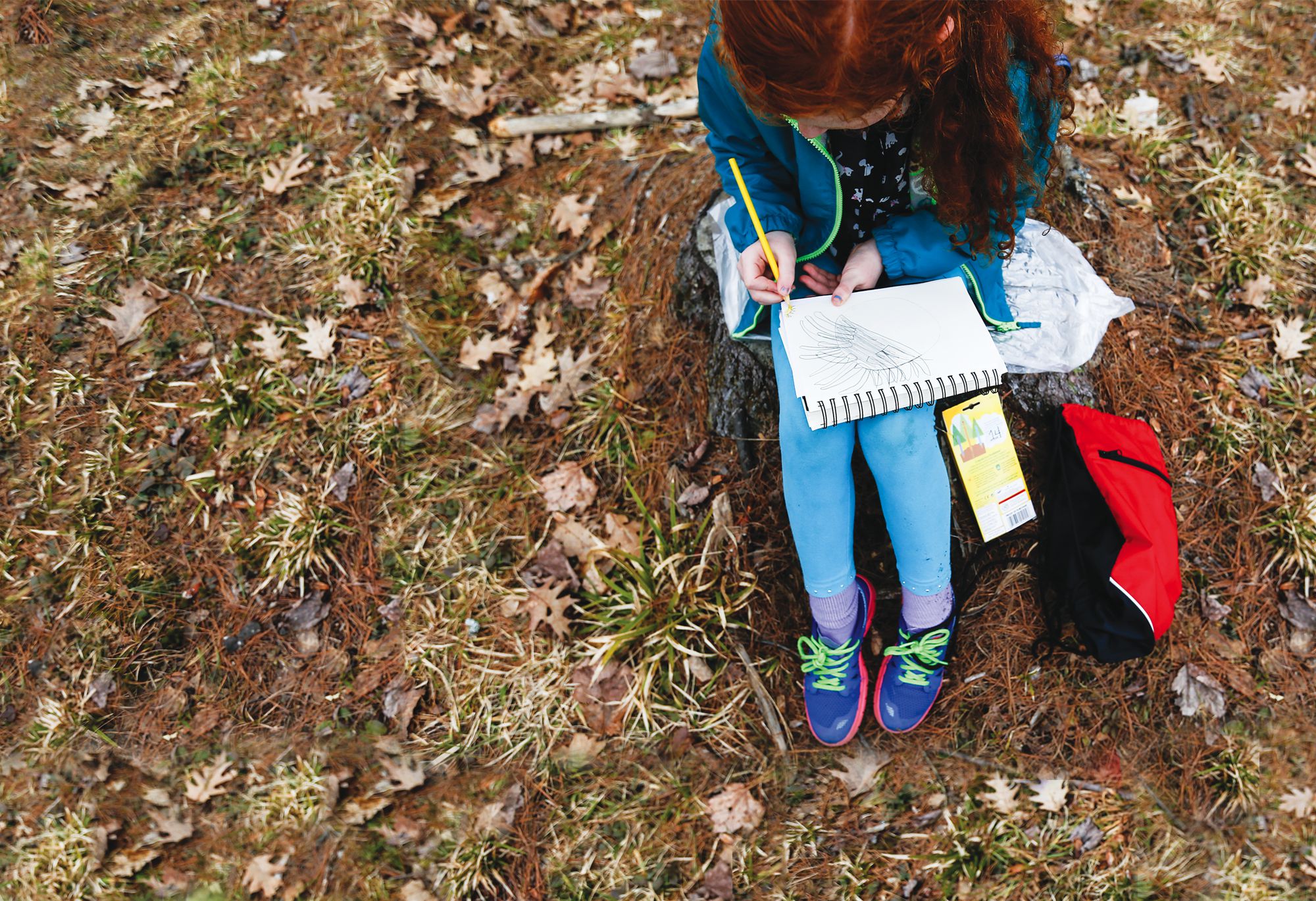






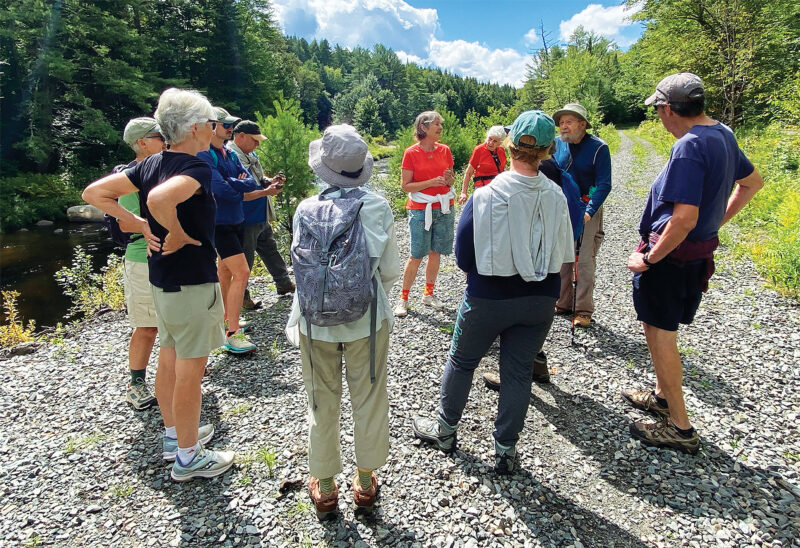

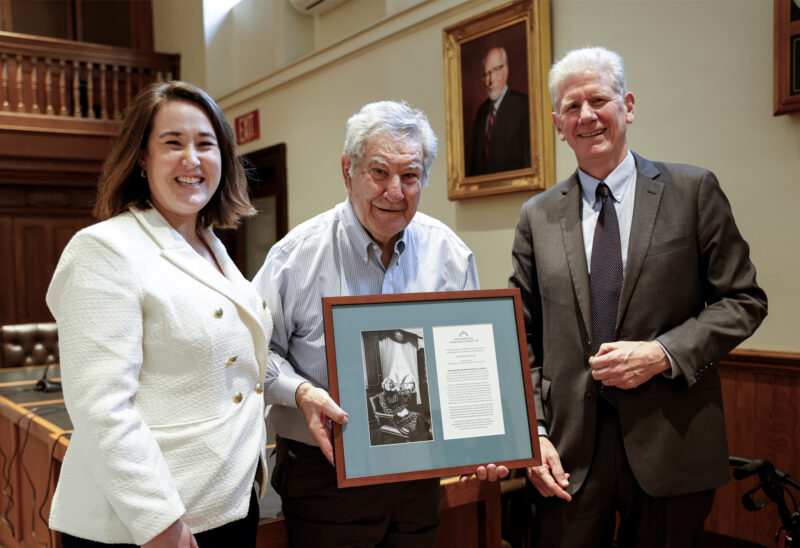

![Rev. Heidi Carrington Heath joined Seacoast Outright. [Photo by Cheryl Senter]](https://www.nhcf.org/wp-content/uploads/2024/05/Heidi-Carrington-Thumbnail-800x548.jpg)
